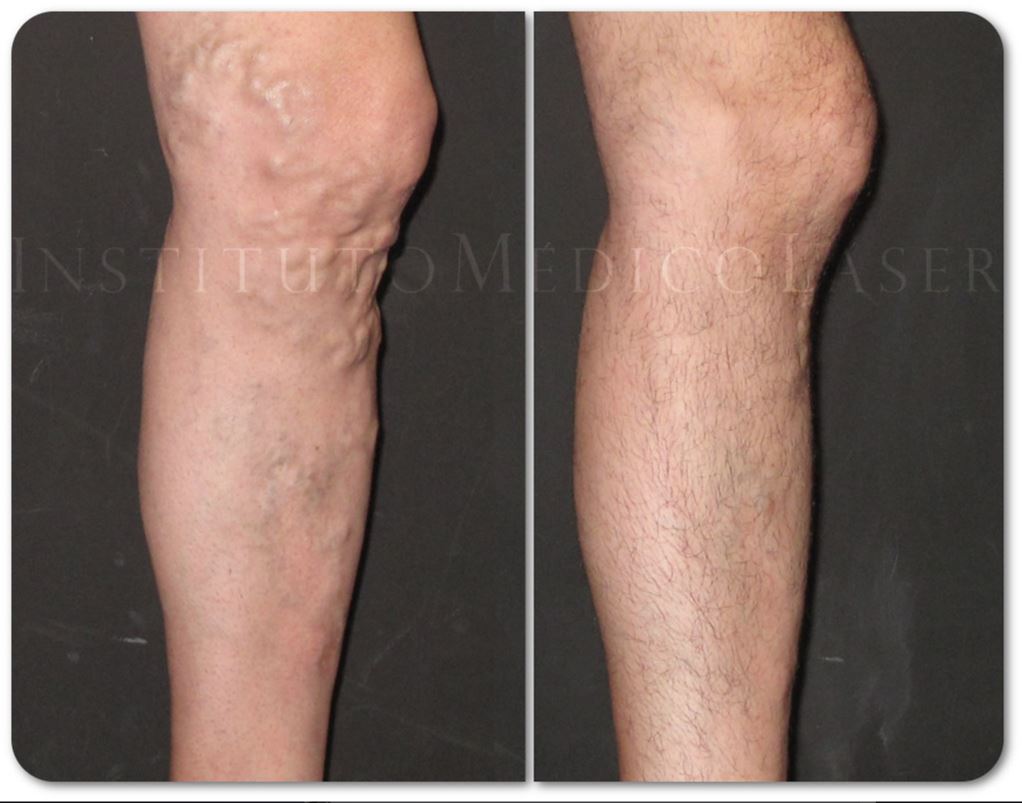
Understanding Varicose Veins
Varicose veins are twisted, enlarged veins that bulge just beneath the surface of the skin, typically in the legs. They are a common condition, especially in women and those with a family history of varicose veins. While they’re often a cosmetic concern, varicose veins can also cause discomfort and even lead to more serious health problems.
What Causes Varicose Veins?
Healthy veins have one-way valves that help blood flow from your legs back to your heart. When these valves weaken or become damaged, blood can pool in the veins, causing them to twist and enlarge. Several factors can increase your risk of developing varicose veins, including:
- Pregnancy: Pregnancy puts extra pressure on your veins, especially in the later trimesters.
- Age: As you age, your vein valves weaken.
- Genetics: If a close family member has varicose veins, you’re more likely to develop them.
- Being overweight or obese: Excess weight puts extra strain on your veins.
- Standing or sitting for long periods: This can impede blood flow in your legs.
- Hormonal changes: Hormone changes during pregnancy, menopause, and taking birth control pills can increase your risk.
Symptoms of Varicose Veins
Varicose veins can cause a variety of symptoms, including:
- Visible, twisted, bulging veins
- Aching or heavy feeling in your legs
- Pain, especially after standing or sitting for long periods
- Itching around the veins
- Burning sensation
- Swelling in your ankles and feet
- Skin discoloration near the ankles
Living With Varicose Veins
If you have varicose veins, there are a number of things you can do to manage them, including:
- Elevation: Elevate your legs above your heart whenever possible.
- Compression stockings: Wearing compression stockings can help to improve circulation and reduce swelling.
- Exercise: Regular exercise can help to improve circulation and reduce symptoms.
- Weight loss: If you’re overweight or obese, losing weight can help to reduce the strain on your veins.
- Avoid tight clothing: Tight clothing can restrict blood flow in your legs.
- Lifestyle changes: Avoid prolonged standing or sitting, and avoid crossing your legs when you sit.
When to See a Doctor
If you have varicose veins that are causing you pain or discomfort, or if you notice any changes in the veins, such as bleeding or open sores, it’s important to see a doctor. Early diagnosis and treatment can help to prevent more serious complications.
Treatments for Varicose Veins
There are a number of treatment options available for varicose veins, including:
- Sclerotherapy: A solution is injected into the vein, which irritates the lining of the vein and causes it to close.
- Laser treatment: Lasers are used to heat and close the varicose vein.
- Surgery: In some cases, surgery may be necessary to remove the varicose vein.
If you are looking for treatment for varicose veins in India, VIR Clinic and Dr. Amey Narkhede are a great option. Dr. Amey Narkhede is a leading vascular surgeon with extensive experience in treating varicose veins. He offers a variety of treatment options, including minimally invasive procedures.
